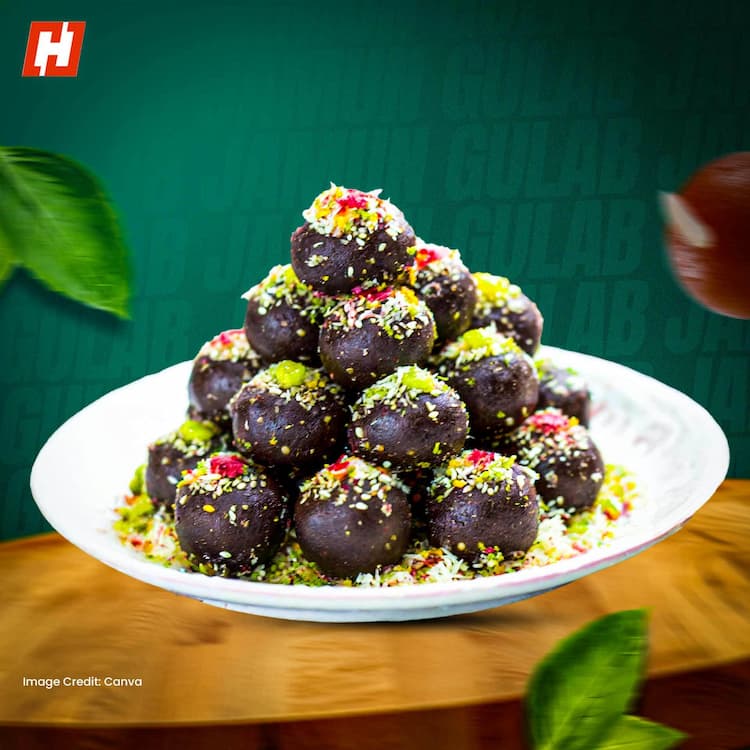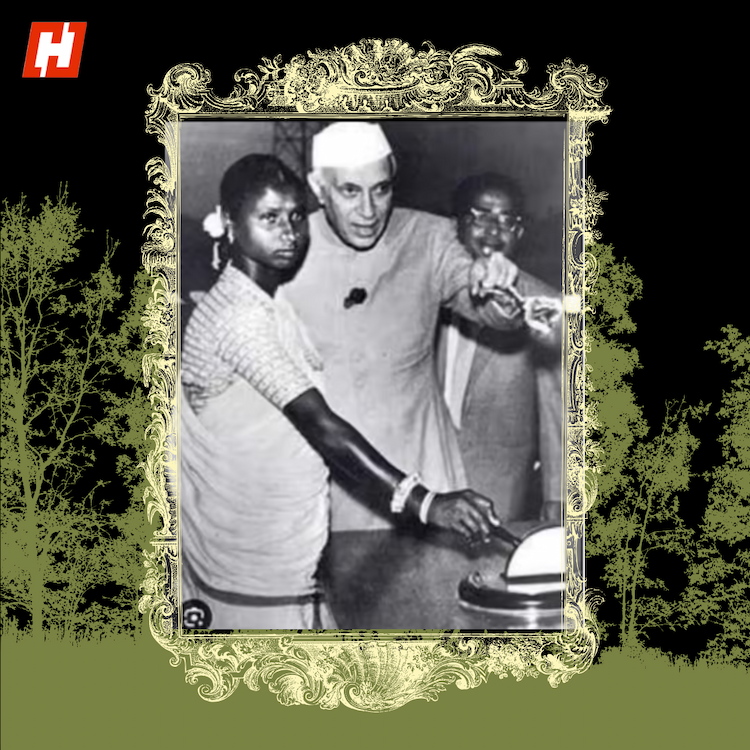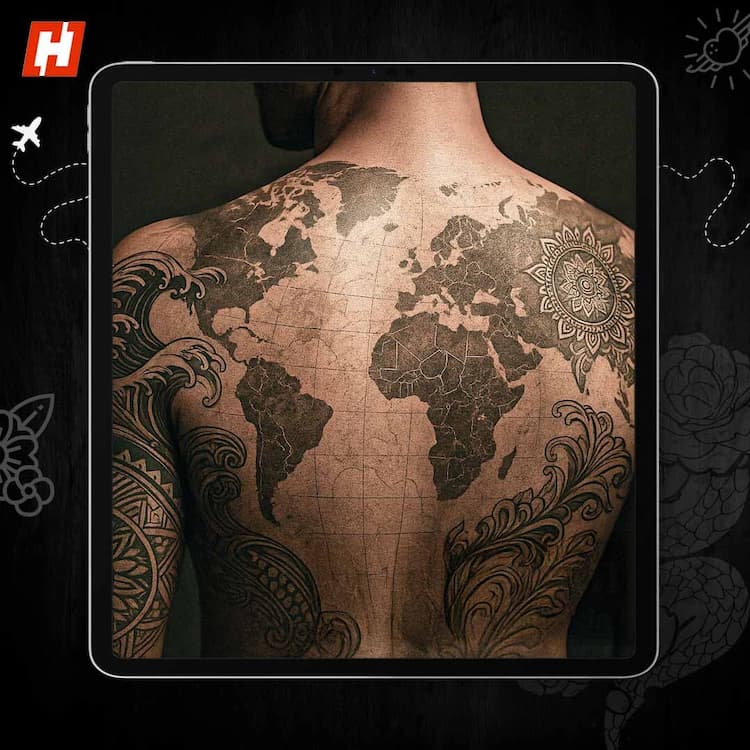The tradition of adorning brides with jewellery dates back thousands of years, with references in ancient texts like the Vedas, Ramayana, and Mahabharata. Gold, silver, and precious stones were considered symbols of prosperity and divine blessings. The Mughals introduced elaborate Polki and Kundan jewellery, while the Rajputs favoured uncut diamonds and pearls.
In South India, Temple jewellery became a popular choice among royalty, depicting gods and goddesses in intricate gold designs. The Marathas preferred the classic 'Kolhapuri Saaj', a necklace representing the different forms of Goddess Lakshmi. Each dynasty contributed unique styles that continue to influence Indian bridal jewellery today.
Jewellery as a Symbol of Love and Tradition
Jewellery plays a vital role in Indian weddings, symbolizing marital commitment, prosperity, and familial bonds. The Mangalsutra, a sacred gold necklace with black beads, represents a woman’s marital status and is believed to protect the couple from negative energies.
Bangles like the Shankha Pola (white coral bangles and red bangles worn by Bengali brides) and the Chooda and Kaleere (red and ivory bangles adorned by Punjabi brides) signify a newlywed’s journey. Nose rings like the Nath in Maharashtra and Uttar Pradesh or the Atheru in Kashmir reflect regional traditions and cultural pride.
Gold remains the most cherished metal in Indian weddings due to its association with Goddess Lakshmi, the Goddess of wealth and fortune. Silver, pearls, and gemstones like rubies and emeralds are also widely used to enhance the beauty of bridal ensembles.
Famous Wedding Jewellery from Indian States:
Borla (Rajasthan & Haryana) – A spherical maang tikka worn by Rajasthani brides.
Kolhapuri Saaj (Maharashtra) – A traditional gold necklace with symbolic motifs.
Kundan & Jadau (Gujarat & Rajasthan) – Uncut diamond jewellery with intricate designs.
Kasulaperu (Andhra Pradesh & Telangana) – A gold coin necklace with Lakshmi motifs.
Manga Mala (Kerala) – A necklace featuring mango-shaped gold pieces.
Sita Haar (West Bengal) – A long gold necklace, often paired with chokers.
Chandbali (Hyderabad) – Crescent-shaped earrings influenced by Mughal designs.
How Bollywood Actors Embrace Their Tradition
Bollywood has played a significant role in keeping traditional wedding jewellery alive. Celebrities often wear regional bridal ornaments, inspiring millions to embrace their heritage.
Sobhita Dhulipala wore a variety of traditional jewellery for her wedding to Naga Chaitanya, including a baasikam, maathapatti, bullaki, vanki, bajubandh, and kamarbandh.
Yami Gautam embraced her Himachali and her husband’s Kashmiri roots and was seen in traditional jewellery a Kashmiri Dejhoor as a new bride.
YouTuber and actor Prajakta Koli who got married in February 2025, was seen wearing a green coloured Nepali Chadke Tilari as she paid respect to her husband’s Nepali roots.
Deepika Padukone wore a stunning South Indian temple jewellery set with layers of gold necklaces for her Konkani wedding.
Priyanka Chopra embraced her Punjabi roots by wearing a heavy Kundan necklace and Chooda-Kaleere at her wedding.
Anushka Sharma chose a delicate yet traditional choker and maang tikka for her intimate wedding.
Indian wedding jewellery continues to evolve, blending tradition with modern aesthetics while holding on to its cultural essence. Whether inspired by heritage or Bollywood glamour, a bride’s jewellery remains a timeless expression of love and tradition.






